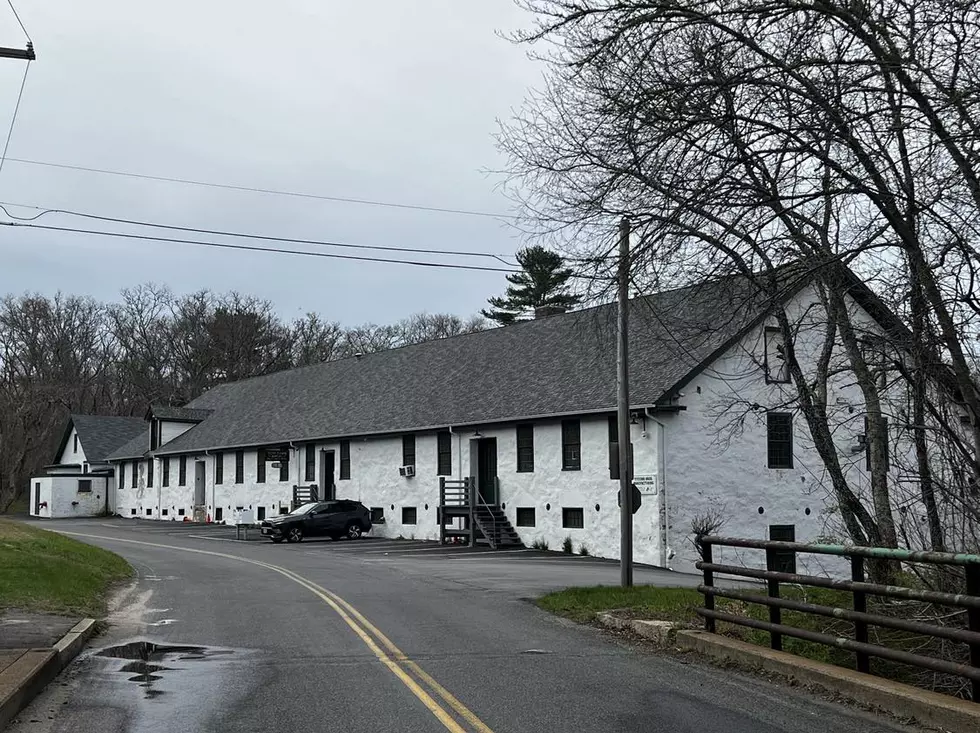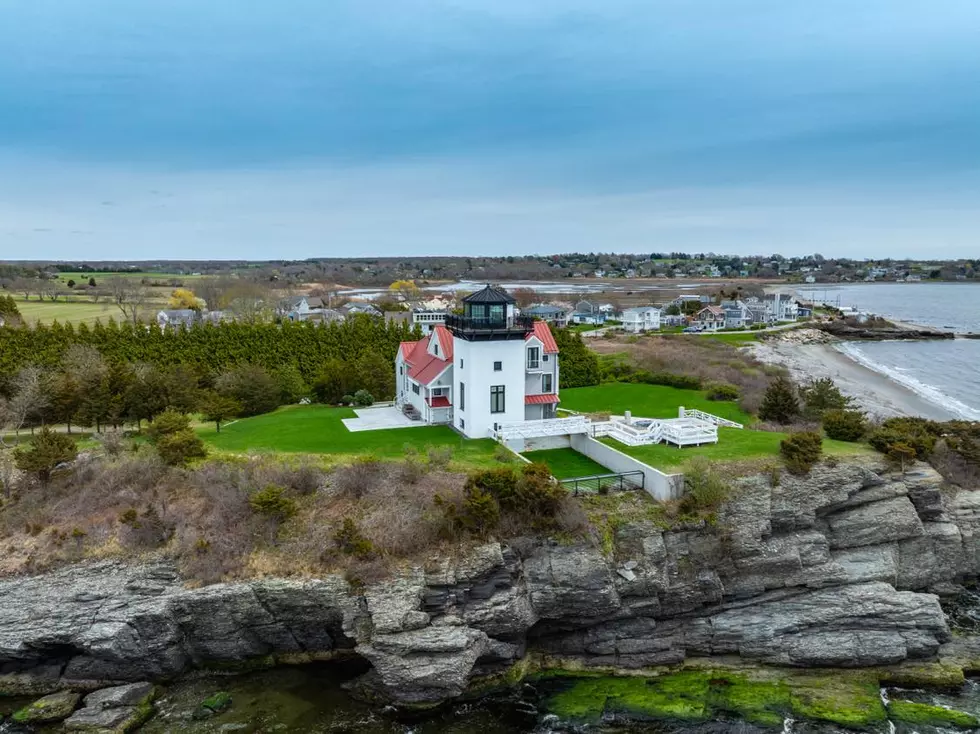
Thousands Die In Nepal Earthquake
Sleeping in the streets and shell-shocked, Nepalese cremated the dead and dug through rubble for the missing Sunday, a day after a massive Himalayan earthquake killed more than 2,500 people. Aftershocks tormented them, making buildings sway and sending panicked Kathmandu residents running into the streets.
The cawing of crows mixed with terrified screams as the worst of the aftershocks - magnitude 6.7 - pummeled the capital city. It came as planeloads of supplies, doctors and relief workers from neighboring countries began arriving in this poor Himalayan nation. No deaths or injuries were reported from the early Sunday afternoon quake, but it took an emotional toll.
"The aftershocks keep coming ... so people don't know what to expect," said Sanjay Karki, Nepal country head for global aid agency Mercy Corps. "All the open spaces in Kathmandu are packed with people who are camping outdoors. When the aftershocks come you cannot imagine the fear. You can hear women and children crying."
Saturday's magnitude 7.8 earthquake spread horror from Kathmandu to small villages and to the slopes of Mount Everest, triggering an avalanche that buried part of the base camp packed with foreign climbers preparing to make their summit attempts. At least 18 people died there and 61 were injured, according to the Nepal Mountaineering Association.
The earthquake centered outside Kathmandu, the capital, was the worst to hit the South Asian nation in over 80 years. It destroyed swaths of the oldest neighborhoods of Kathmandu, and was strong enough to be felt all across parts of India, Bangladesh, China's region of Tibet and Pakistan.
Nepal authorities said Sunday that at least 2,430 people died in that country alone, not including the 18 dead in the avalanche. Another 61 people died from the quake in India and a few in other neighboring countries.
At least 1,152 people died in Kathmandu, and the number of injured nationwide was upward of 5,900. With search and rescue efforts far from over, it was unclear how much the death toll would rise.
But outside of the oldest neighborhoods, many in Kathmandu were surprised by how few modern structures - the city is largely a collection of small, poorly constructed brick apartment buildings - collapsed in the quake. While aid workers cautioned that many buildings could have sustained serious structural damage, it was also clear that the death toll would have been far higher had more buildings caved in.
More From WBSM-AM/AM 1420









